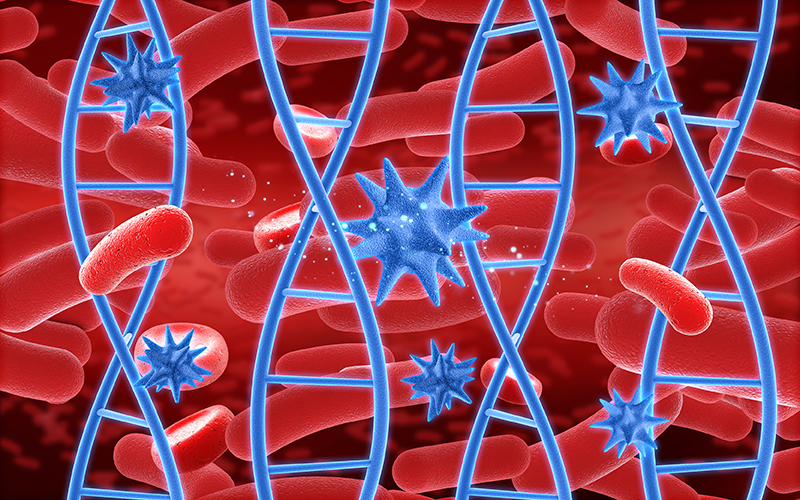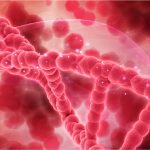Cancer screening is the procedure to detect cancer if any of the symptoms arise. The procedure involves a few tests which include blood tests, urine tests, DNA tests and medical imaging. These tests help in detection of cancer in the early stages. The results of these tests can benefit the prevention of the cancer. Reports of the cancer screening tests help doctors with the further treatment.

A general screening involves the mass screening of a population for a specific age group. Depending on the symptoms of the population having cancer, such as genetic background, selective screening happens.
Cancer screening mainly aims to provide medical guidance for the follow-up treatment. A good screening refers to one which gives correct results for the patients to seek treatment and protect their health. Upon detection, tests, immediate and effective treatment has to be started with regular follow ups. The screening experience benefits the oncologists to explain the context of the results to the patients. These screening tests have to be safe and effective. Also, the person has to be tolerable for the procedure.
The most important screening tests done for blood cancer {insert primary article hyperlink here} are:
1. Complete Blood Count (CBC):
This is a common blood test count which measures the amounts of various blood cells in the sample. A few blood cancers could be detected through this test if abnormalities in the blood cell count or abnormal cells are found. The results of this blood test are mainly helpful to diagnose leukemia and lymphoma and also to check if the cancer has spread to the bone marrow or not. These blood tests determine the tolerance of the patient towards the treatment too.
CBC determines the levels of the three cell types in the blood sample:
-
White blood cell count and cell differential:
The White Blood Cell (WBC) count gives the total number of white blood cells in the sample. These cells protect the body from infections. A variance in these cells could be a symptom of blood cancer. The WBC differential count gives the number of each type of WBC. They play different roles in protecting the body.
Lowered counts of WBC can indicate cancers that damage white blood cells in specific or bone marrow or blood cancers, Some treatments like chemotherapy can at times lead to a decrease in the White blood cell count.
-
Red blood cell count :
This count measures the number of red blood cells in the sample. As these cells carry oxygen across the body, the abnormalities in the count of these cells play a vital role in detecting and diagnosing cancer. There are two ways to measure this count. One is hematocrit, which measures the percentage of blood in the cells. The other is hemoglobin, the amount of protein in the cells that carry oxygen.
Some treatments like chemotherapy can cause a reduction in the red blood cells count. This is known as anemia. People whose red blood cell count falls critically below the optimum levels will require a blood transfusion.
-
Platelet count:
This count measures the platelet count in the blood sample. Platelets help in clotting the blood in case of any surgery or injuries. Some treatments like chemotherapy and radiotherapy will cause a drop in the platelet count. Cancers that are caused due to bone marrow invlovement also contribute to the reduction in the platelet count.
2. Fluorescence in Situ Hybridization (FISH):
It is a test conducted on the blood sample or the bone marrow to detect any chromosomal changes in the blood cancer cells. This test specifically helps in identifying any abnormalities that may not be generally detected.
3. Flow Cytometry:
This test determines the blood and bone marrow cells to analyze a change in the white blood cell count that could cause cancer. An instrument known as flow cytometer is used to measure the number and percentage of cells and their characteristics. This test also helps to detect the residual levels of cancer post treatment.
4. Tumor Marker Tests :
This test analyzes the tumour marks made by the tumour cells that in the blood. But the test is inadequate because even non-cancerous cells might leave such marks. The test best analyzes cancer symptoms before detection.
5. Immunophenotype:
This test identifies the types of cells in the sample of blood or the bone marrow. Immunophenotyping helps to detect and classify the cancer cells. It is mainly helpful in determining the best diagnosis for the patient. The information helps evaluate cancer cells that remain after treatment.
6. Karyotype Test:
This test maps the 46 human chromosomes of a cell to determine the changes in the chromosomes, their arrangement and gauges the blood count. G-banding with Giemsa is a coloring substance that obtains the banding pattern of chromosome pairs easier to see.
7. Polymerase Chain Reaction (PCR):
PCR diagnoses the patient’s molecular response to treatment and detect DNA abnormalities. It detects the presence of biomarkers in the blood sample and can determine the presence of cancer post treatment and gives additional information for a better follow up in case of remission.
8. Blood Protein Testing:
This test primarily examines the various proteins in the sample that help in detecting an abnormal immune system. The protein count depicts the strength of the patient and provides information which is very useful for prescribing medication during the treatment. Moreover, the patient’s tolerance levels to the treatment depends on these results.



